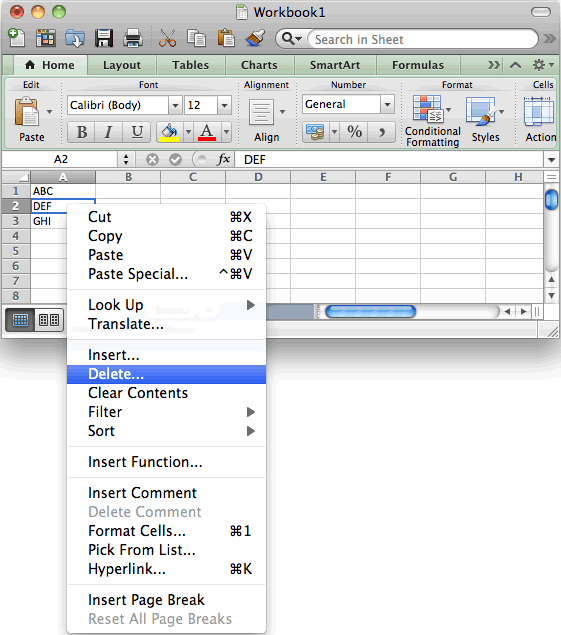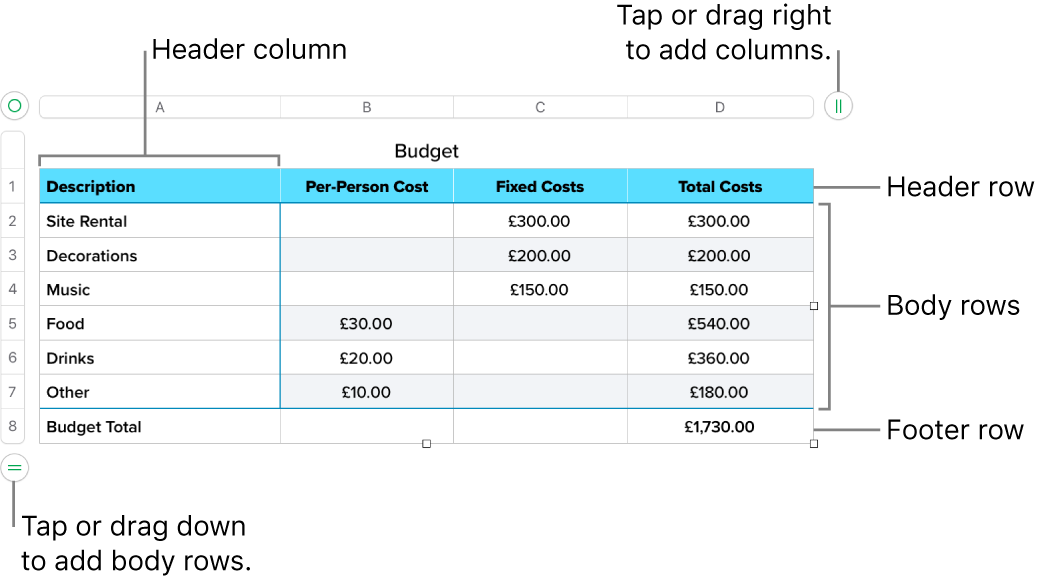
Found inside Home Table Name : Booki - Microsoft Excel Table.
Excel for mac remove table name how to#
The benefit of this two-step approach is that the data validation rule is easier to understand, since it's clear that values come from specially named range.Īnd, if we check that name in the name manage, it's clear the values are provided by the column called "stages" in the table. This article will demonstrate how to remove conditional format from Excel in C. However, if I enter the named range manually, Excel will happily accept it when I click OK.Īnd if I check the data validation rule again, the name will still be there. In the Style name box, type a name for the new. On the Home tab, click Cell Styles, and then click New Cell Style. Sort a table on the Last Name column, for example, to arrange the table in. The built-in styles in Excel can't cover every formatting need, but it is easy to create a special dramatic style that is appropriate for a total that is past due, or a friendly one for a household chore list. Depending on the version, there might not be the Office button. To remove a table but keep its data in the worksheet, tap the Convert To. On the worksheet, I'll now see the stages table, and the named range I created with a structured referenceīack in the data validation input area, notice that if I re-select the same range, Excel still doesn't use a name. Click on the Office button located in the top-left corner. When I select the values in the table, Excel automatically fills in the structured reference.
Excel for mac remove table name free#
In the name manager, I'm free to use a structured reference. Next, I'll create a named range called "Stages" using the name manager. To select more than one name in a contiguous group, click and drag the names, or press SHIFT and click the mouse button for each name in the group. This will let me see at a glance which range is the table. To keep things straight, I'll first rename the table to start with a "t" for table. Suppose you have SSN data as shown below and you want to remove the dash and only get the. As the name suggests, you can find all the cells that have a dash (or hyphen) in it and then replace it with a space character or a null string. One solution is to define a named range using a structured reference, then use the named range for data validation. The easiest way to remove dashes in Excel is to use the Find and Replace feature. If I try to use a structured reference to define the data validation range, Excel complains.

The last column in the table uses data validation to provide a dropdown list of allowed values.Īlthough these values come directly from a table named "stages", Excel shows only a regular cell reference in the data validation window.

To illustrate, here I have a list of projects representing a sales pipeline.

However, as a workaround, you can define named a named range that points to a table, and then use the named range for data validation or conditional formatting. One problem with tables is that you can't use structured references directly to create data validation or conditional formatting rules. In this video, we'll look at how to use named ranges with Excel tables.


 0 kommentar(er)
0 kommentar(er)
